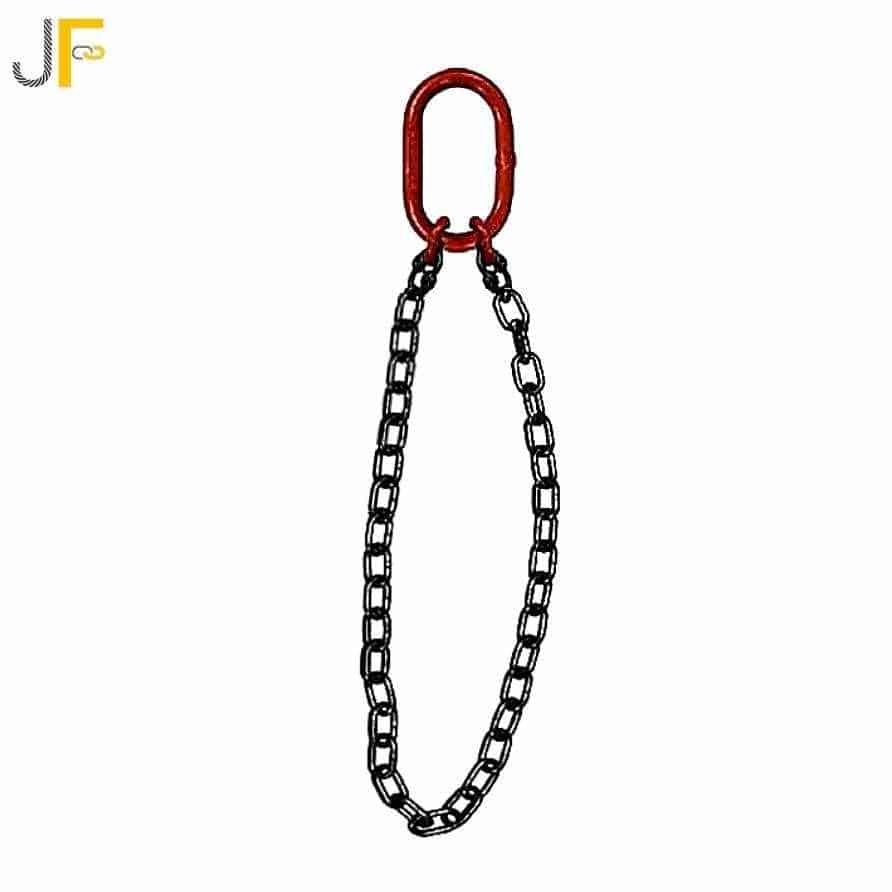Slings Nip is a modern parenting technique that has garnered significant attention, especially in the context of breastfeeding and infant care. Whether you're a new parent, a healthcare professional, or simply someone interested in this topic, this article delves into the concept of slings nip, offering a comprehensive understanding of its significance. Learn how it enhances infant feeding and strengthens parenting practices.
In recent years, parenting methods have evolved dramatically, with innovative tools like baby slings becoming increasingly popular. These slings provide a convenient and effective way to carry infants while fostering bonding and comfort. The introduction of slings nip adds another dimension to this discussion, focusing on the practical and health-related aspects of using slings during feeding. This article explores the topic in depth, providing expert insights, actionable tips, and credible information to help you understand its importance and benefits.
Table of Contents
- What is Slings Nip?
- Advantages of Slings Nip
- How to Use a Sling for Feeding
- Selecting the Ideal Sling
- Safety Guidelines for Slings Nip
- Common Pitfalls to Avoid
- Health Benefits of Slings Nip
- Expert Endorsements
- Frequently Asked Questions
- Final Thoughts
What is Slings Nip?
Slings Nip refers to the practice of utilizing a baby sling or carrier to support breastfeeding or bottle-feeding. This technique enables parents to feed their infants comfortably while keeping them close, encouraging skin-to-skin contact and strengthening the emotional bond between parent and child. The term "nip" humorously alludes to the act of nursing or feeding, making it a relatable and engaging concept for parents.
Read also:Prince William Vs Prince Charles Whorsquos Better Suited For The Crown
Why Slings Nip is Significant
Incorporating slings into feeding routines offers numerous benefits, such as convenience, comfort, and accessibility. It is especially advantageous for parents who are busy or need to multitask while feeding their babies. Furthermore, slings nip can calm fussy infants by providing a sense of security and familiarity, creating a nurturing environment for both parent and child.
A Historical Perspective
The tradition of using slings for carrying infants has existed for millennia, with various cultures worldwide developing their unique baby carriers. Over time, these tools have adapted to meet modern parenting needs, including integrating feeding practices. This evolution highlights the enduring value of slings in enhancing parental care.
Advantages of Slings Nip
Slings Nip offers a multitude of benefits for both parents and infants, making it a valuable addition to modern parenting practices. Below are some of the most significant advantages:
- Strengthened Bonding: Slings Nip fosters skin-to-skin contact, which is crucial for building a deep emotional connection between parent and child, promoting trust and attachment.
- Enhanced Comfort: Both the parent and the infant can experience greater comfort during feeding sessions when using a sling, reducing strain and discomfort.
- Practical Convenience: With a sling, parents can feed their babies while on the move, eliminating the need to stop or sit down, making it ideal for busy lifestyles.
- Improved Latching: Using a sling can facilitate better latching during breastfeeding, enhancing the feeding process and minimizing discomfort for both parties.
- Reduced Stress Levels: The close proximity of the baby to the parent can have a calming effect, reducing stress and anxiety for both the parent and the infant, leading to a more peaceful feeding experience.
How to Use a Sling for Feeding
Mastery of using a sling for feeding requires practice and patience. Follow these steps to ensure a safe and effective experience:
Step 1: Select the Appropriate Sling
Choose a sling that is comfortable, adjustable, and suitable for your baby's size and weight. Options include ring slings, woven wraps, and soft-structured carriers, each offering unique advantages for feeding.
Step 2: Properly Position the Sling
Adjust the sling to provide adequate support for your baby's head, neck, and back. Ensure that the sling is securely fastened and comfortable for both you and your child, minimizing the risk of injury.
Read also:Pink Opens Up About Her Marriage Mental Health And The Power Of Therapy
Step 3: Begin Feeding Safely
Once the sling is properly positioned, bring your baby close to your chest and initiate feeding. Continuously monitor your baby's breathing and ensure their airways remain unobstructed, prioritizing their safety throughout the process.
Selecting the Ideal Sling
Picking the right sling is essential for a successful slings nip experience. Consider the following factors when making your decision:
- Fabric Quality: Choose a sling made from breathable, durable fabric that is gentle on your baby's delicate skin, ensuring comfort during feeding sessions.
- Adjustability Features: Opt for a sling that can be easily adjusted to accommodate different positions and sizes, providing versatility for various feeding scenarios.
- Supportive Design: Ensure that the sling offers sufficient support for your baby's head, neck, and back, promoting proper alignment and reducing the risk of injury.
- User Comfort: Select a sling that is comfortable for you to wear for extended periods, allowing for prolonged feeding sessions without discomfort.
Safety Guidelines for Slings Nip
Safety must always be a top priority when using a sling for feeding. Follow these guidelines to ensure a secure and comfortable experience:
Tip 1: Monitor Your Baby's Breathing
Always keep a close eye on your baby's breathing to ensure their airways remain unobstructed. Avoid covering their face with the sling or your body, prioritizing their respiratory health.
Tip 2: Ensure Secure Fastening
Make sure the sling is securely fastened and properly adjusted before beginning to feed. Double-check all straps and buckles to prevent accidents and ensure a stable feeding environment.
Tip 3: Maintain Proper Balance
Be mindful of your center of gravity when using a sling. Avoid leaning too far forward or backward, as this can compromise your balance and increase the risk of falls or injuries.
Common Pitfalls to Avoid
While slings nip can be highly beneficial, there are some common mistakes that parents should avoid to ensure a safe and effective experience:
- Incorrect Positioning: Failing to position the sling correctly can lead to discomfort or injury for both parent and child, emphasizing the importance of proper technique.
- Ignoring Safety Protocols: Neglecting safety precautions can increase the risk of accidents or suffocation, making adherence to guidelines essential for a secure feeding experience.
- Overusing the Sling: While slings are convenient, over-reliance on them can lead to muscle strain or discomfort for the parent, highlighting the need for balance and moderation.
Health Benefits of Slings Nip
Slings Nip can positively impact both physical and emotional health, offering a holistic approach to infant care. Below are some key health considerations to keep in mind:
Mental Health Advantages
The close physical contact provided by slings nip can help reduce stress and anxiety for both parents and infants. This reduction in stress levels can promote better mental health and overall well-being, fostering a nurturing environment for growth and development.
Physical Health Improvements
Using a sling for feeding can improve posture, reduce strain on the back and shoulders, and promote proper alignment for both parent and child. Additionally, it can enhance the breastfeeding experience by facilitating a better latch and more efficient milk transfer, supporting optimal nutritional intake for infants.
Expert Endorsements
Experts in the field of infant care widely recognize slings nip as a valuable tool for modern parents. Pediatricians and lactation consultants frequently recommend this practice for its numerous benefits, including:
- Promoting essential skin-to-skin contact between parent and child.
- Improving breastfeeding success rates by enhancing the feeding process.
- Enhancing the emotional bond between parent and infant, fostering a deeper connection.
- Providing convenience and flexibility for parents, accommodating busy lifestyles.
Frequently Asked Questions
Q1: Is slings nip safe for all babies?
Yes, slings nip is generally safe for most babies when used correctly. However, it's crucial to follow safety guidelines and consult with your pediatrician if you have any concerns about your baby's health or development.
Q2: Can slings nip be used for bottle-feeding?
Absolutely! Slings nip can be used for both breastfeeding and bottle-feeding, offering convenience and comfort for both feeding methods, making it a versatile option for modern parents.
Q3: How long can I use a sling for feeding?
There is no strict time limit for using a sling for feeding, but it's important to listen to your body and take breaks as needed to avoid muscle strain or discomfort. Balancing sling use with other feeding methods ensures a comfortable and sustainable routine.
Final Thoughts
Slings Nip is a valuable practice that offers numerous benefits for both parents and infants. By promoting skin-to-skin contact, enhancing comfort, and providing convenience, it can significantly improve the feeding experience. Remember to adhere to safety guidelines and choose the right sling for your needs to ensure a secure and enjoyable experience. We encourage you to share your thoughts and experiences with slings nip in the comments below. Additionally, feel free to explore other articles on our website for more insights into parenting and infant care, expanding your knowledge and enhancing your parenting journey.


